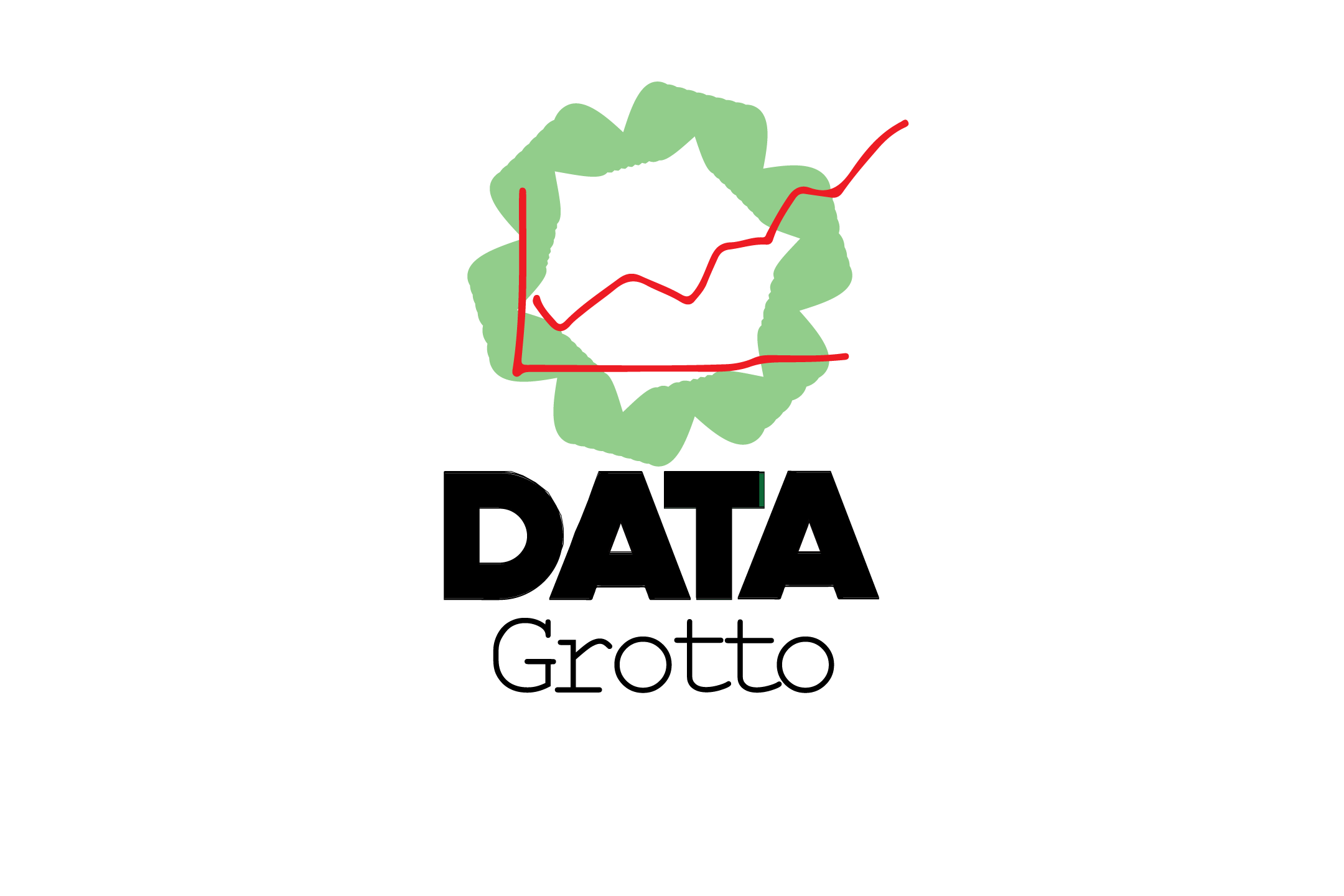Confessions of a Data Scientist
Dr. Ron Schack has recently completed a book, “Confessions of a Data Scientist..or Warrior-Priest? Lessons from 25 Years of Data Science, Performance Measurement, and Decision Support. The book will be available sometime in 2018 on iTunes, Amazon, and Lulu.com. Delve into the mind of a well-regarded, experienced (and perhaps slightly “twisted”) data scientist…Let Dr. Schack share some of his analytic arsenal, while regaling you with stories of his data science journey-- challenging situations, abject failures, and rousing successes…Read how Kant’s Ding un Sich, Sun-Tzu’s Art of War, Col. Boyd’s OODA Loop, and Egon Brunswik’s Len’s Model all inform your work as data scientists.The book provides insight into many challenging areas of data science, performance measurement and decision support work. It is intended for people who are interested in data science / analytics / performance measurement work, or who are already working in the field. The book provides plain language explanations of some concepts that are often misunderstood and/or misused, or that many data scientists may not have encountered (but may be helpful to them), and includes numerous examples, easy to follow “data recipes,” as well as some important tips.
SCHACKZIOMS—A Preview:
Schackziom Number 1: Always be ready to demonstrate the value of the data collection, compilation, or analysis task you are undertaking. You cannot expect others to intuitively understand the importance of your work.
Schackziom Number 2: Worry less about what performance framework an organization is using, and more about fully utilizing whichever framework is in use.
Schackziom Number 3: Information Density--- it is important to maintain a certain level of information density. Vast amounts of white space are a lost opportunity to include additional data that are relevant and allow the user to make different kinds of comparisons.
Schackziom Number 4: Dr. Schack’s Pantheon of Glorious Decision Therorists:
a. Herbert Simon: Satisficing;
b. Charles Lindlbom: Successive Limited Comparisons;
c. Kahneman and Tversky and Slovic: Decisions Under Uncertainty;
d. Egon Brunswik: The Lens Model;
e. Cohen, March and Olsen: Garbage Can Model;
f. Walter Shewart: PDCA Cycle:
g. Col.John Boyd: OODA Loop;
h. Sun Tzu: The Art of War.
Schackziom Number 5: Cross-functional or multi-partner work teams often begin with what seems like a systematic decision process that gets abandoned as time goes on, relying instead on a loose “preponderance of opinion” that potentially leads to resentment, an artificial reduction in the number of options considered, and an ultimate choice which may be somewhat workable but far from optimal or even satisfactory.
Schackziom Number 6: Fully diagnose a problem before rushing to implement a solution. Look carefully at solutions that involve information technology, training or marketing, particularly when they are proposed before a problem has been diagnosed.
Schackziom Number 7: When diagnosing performance problems, make sure you think of these three important domains: a) Policies and Process; b) Customer Characteristics and c) Environmental Factors.
Schackziom Number 8: Process mapping is a great way to 1) gain an understanding of the processes used in a program; 2) identify important decision/transition points which are good opportunities or measurement, and 3) identify parts of the process that no longer make sense or could be made more efficient.
Schackziom Number 9: You can’t report data that do not exist.
Schackziom Number 10: Never rely on statistical significance testing alone. Always look at the size of the effect as well as testing for significance. But, don’t disregard statistical significance testing either…it can provide valuable insight when examined together with the size of the effect.
Schackziom Number 11: Learn about the organization you work for as a whole, not just where your analysis work fits in. Demonstrate that you “get it” and that you are a multi-dimensional resource to your organization.
Schackziom Number 12: Avoid the temptation to do ALL of your work virtually. Data scientists need to get out into the real world and get their “pristine little data hands” dirty once-in-a-while.

